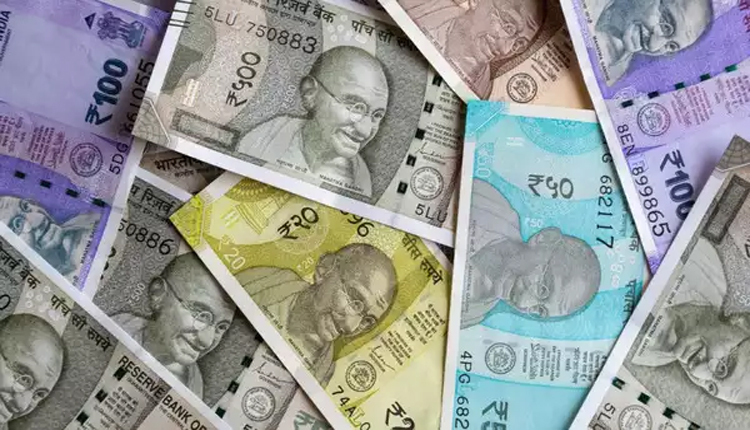Mumbai: Many wonder why India, with the ability to print its own 10, 20, 50, 100, and 500 rupee notes at the Reserve Bank of India (RBI), doesn’t simply print more to eradicate poverty and unemployment.
The answer lies in the delicate balance of the country’s currency system, where printing excess money can lead to catastrophic economic consequences.
The notion of printing unlimited money to make everyone rich is a misconception. Currency isn’t just paper and ink; its value stems from government-backed trust and economic stability. If the government floods the market with cash, prices of goods and services would skyrocket, triggering uncontrollable inflation. Historical examples from other nations show that overprinting money has led to economic collapse, devalued currencies, and widespread debt, leaving citizens struggling for basic necessities.
India’s currency value is tied to its Gross Domestic Product (GDP), which reflects the nation’s production and services. The RBI typically prints currency equivalent to 1-2% of GDP to maintain a balance between money supply and available goods. Excessive printing disrupts this equilibrium, causing inflation, reducing foreign investment, and damaging India’s sovereign credit rating. Thus, printing money requires careful planning and restraint to safeguard the economy.
Understanding this system highlights why India cannot simply print its way to prosperity. Responsible currency management ensures economic stability, protecting citizens from the perils of hyperinflation and financial ruin.



Comments are closed.